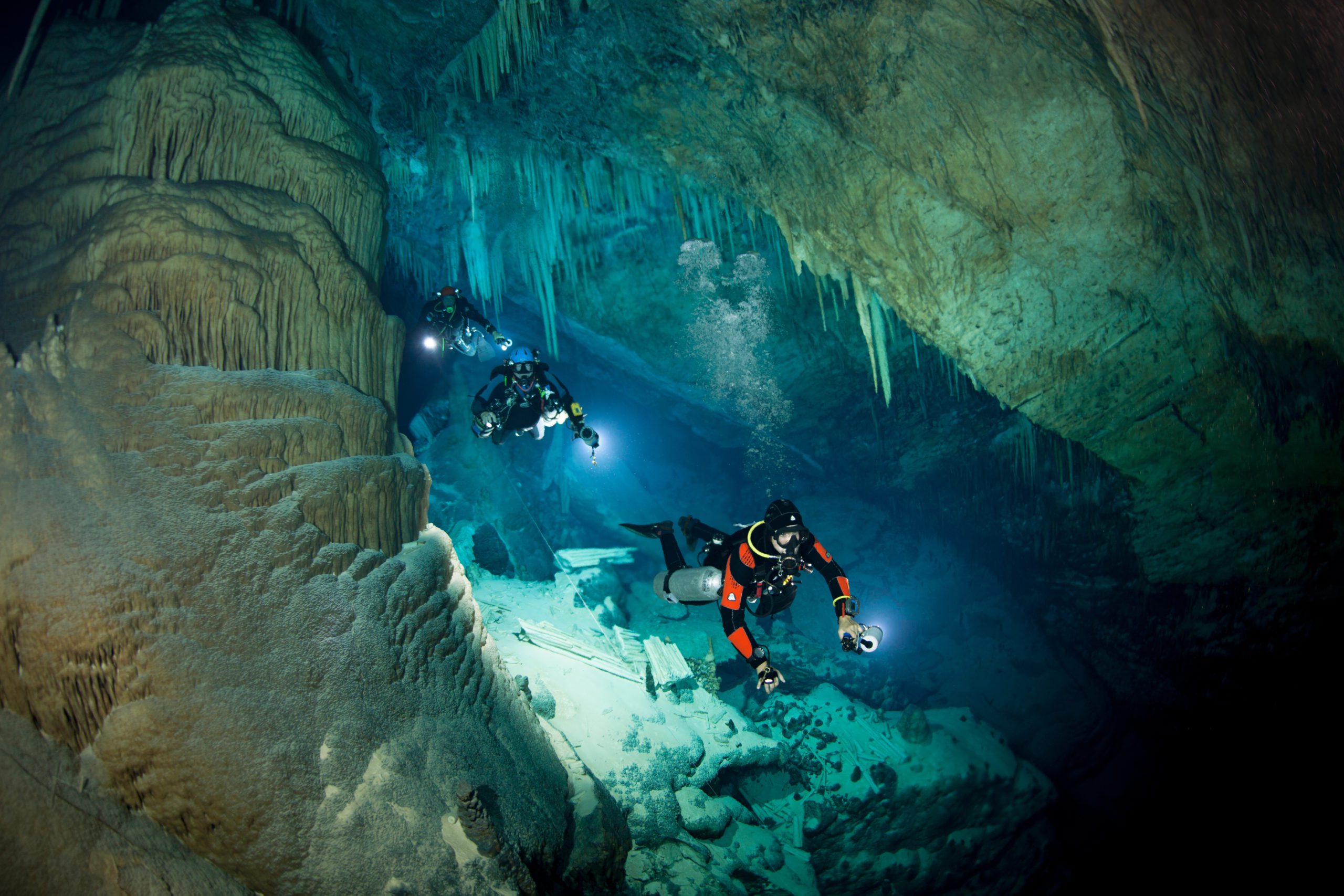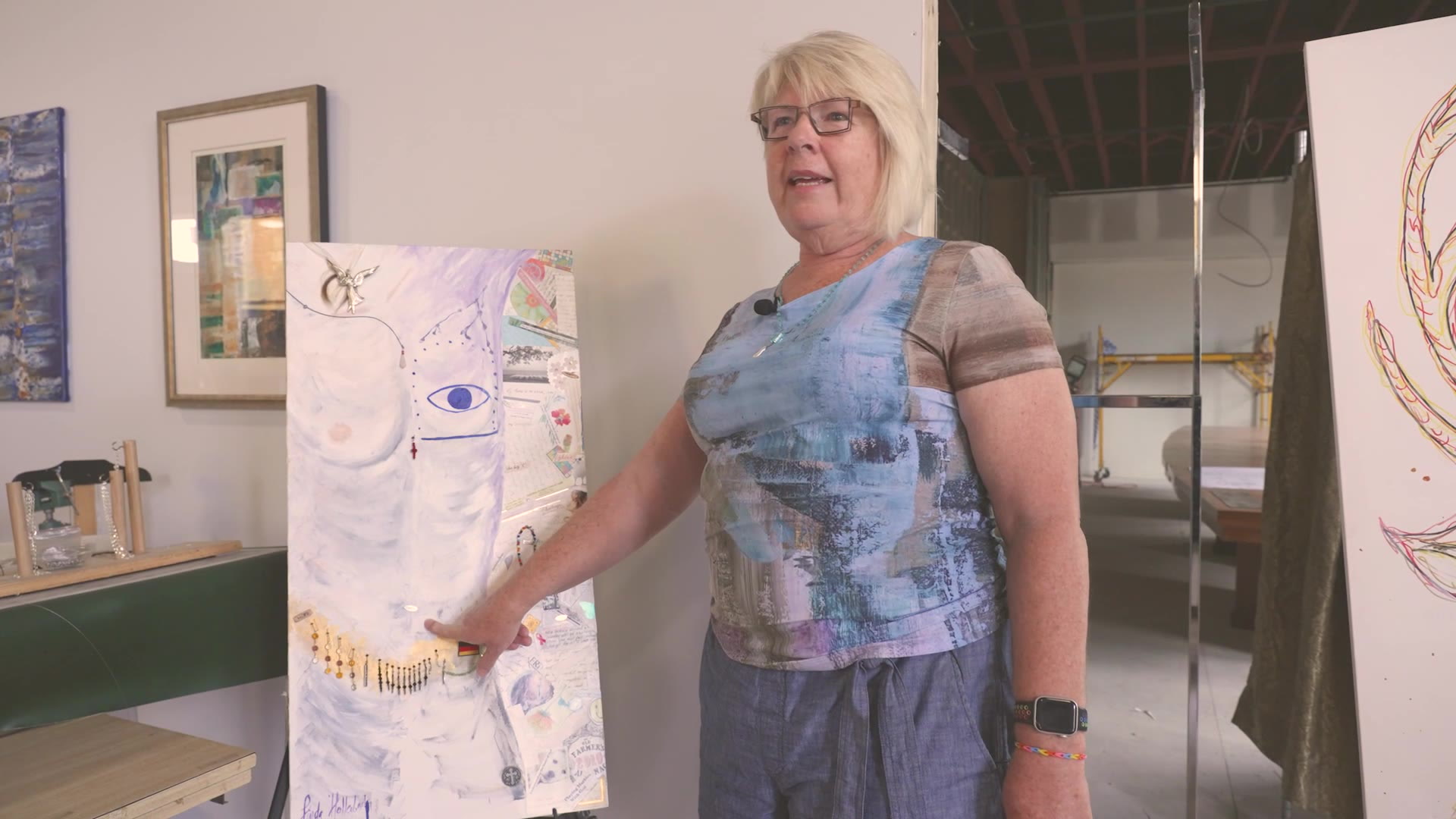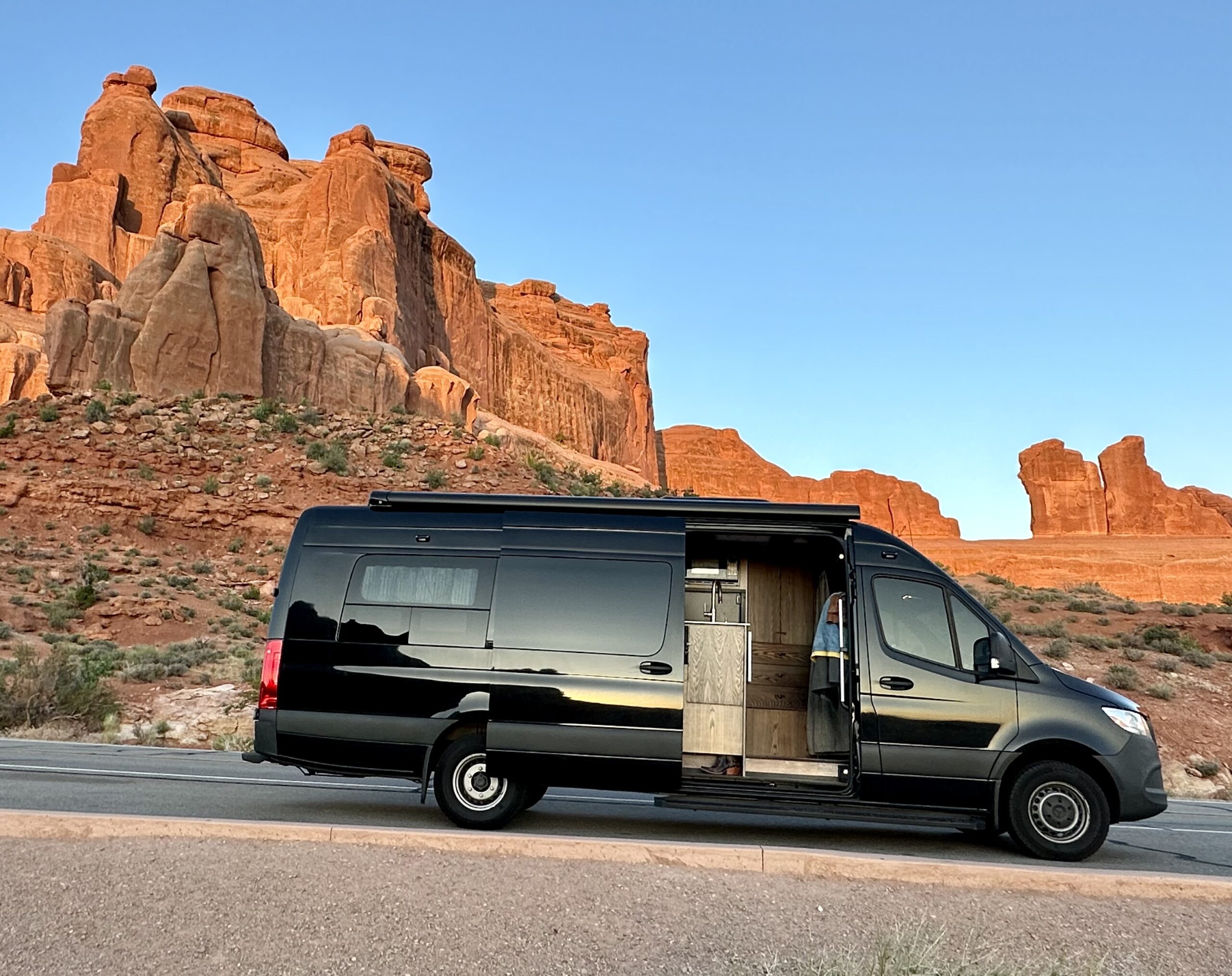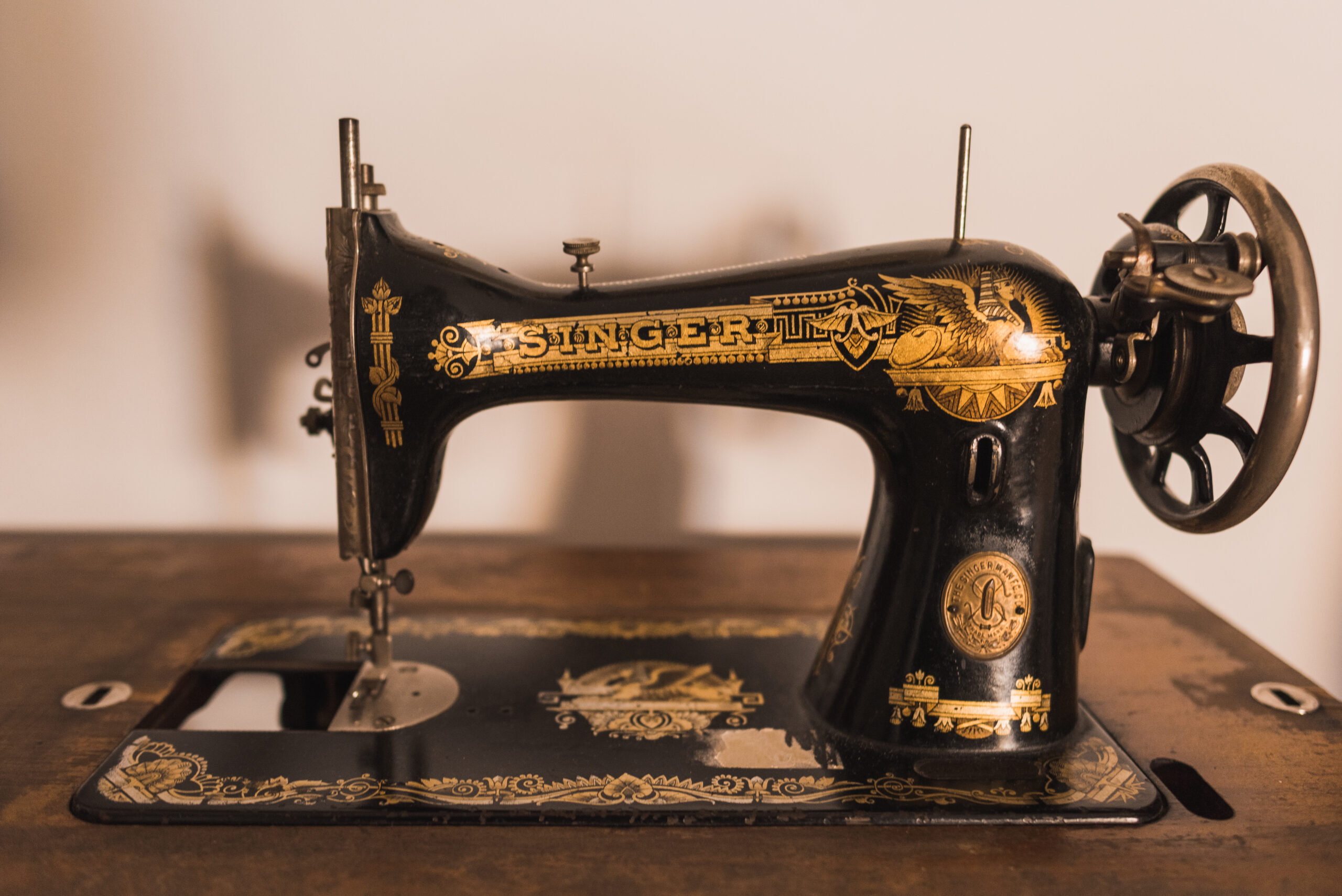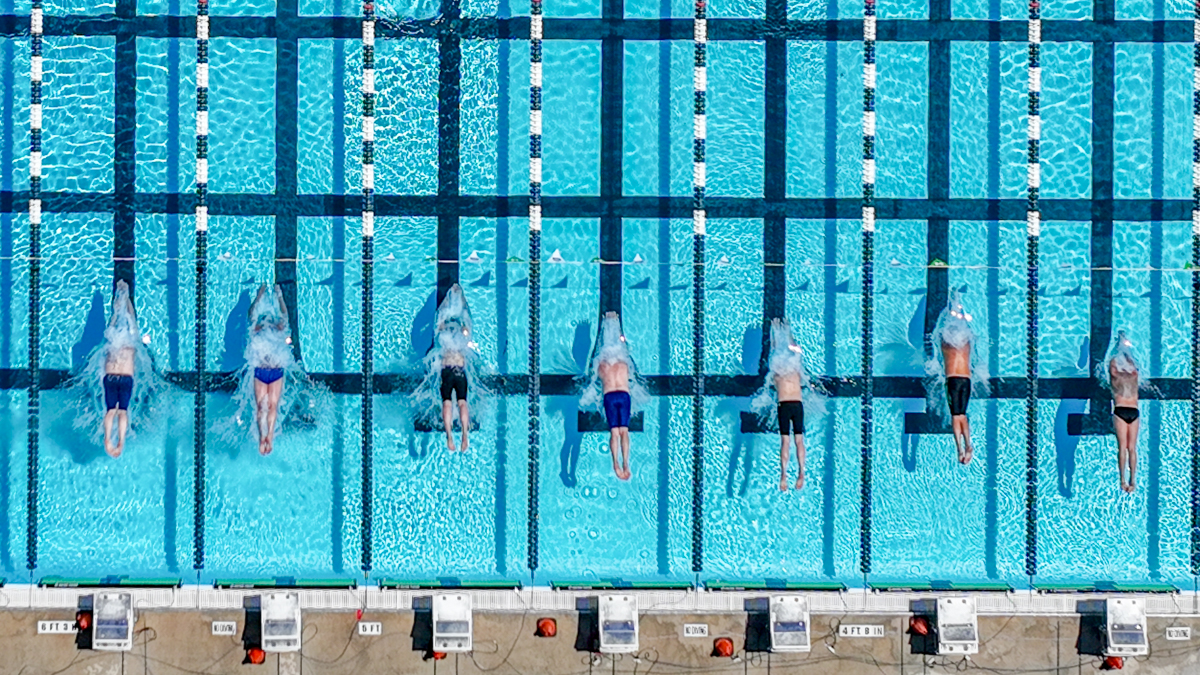Last Updated on April 9, 2025
Jill Heinerth has one of the world’s most dangerous jobs: exploring underwater caves and water-filled conduits—often in places where no one has ever ventured.
It was curiosity that drove Heinerth to take her love of adventure and turn it into a career. The former advertising agency owner explained: “I loved my work, but I didn’t want to be inside a claustrophobic room only teaching scuba diving on nights and weekends. I took a big pay cut. I grabbed the creative and artistic parts of my job and took them underwater to a place I could feel free and alive and renewed.”
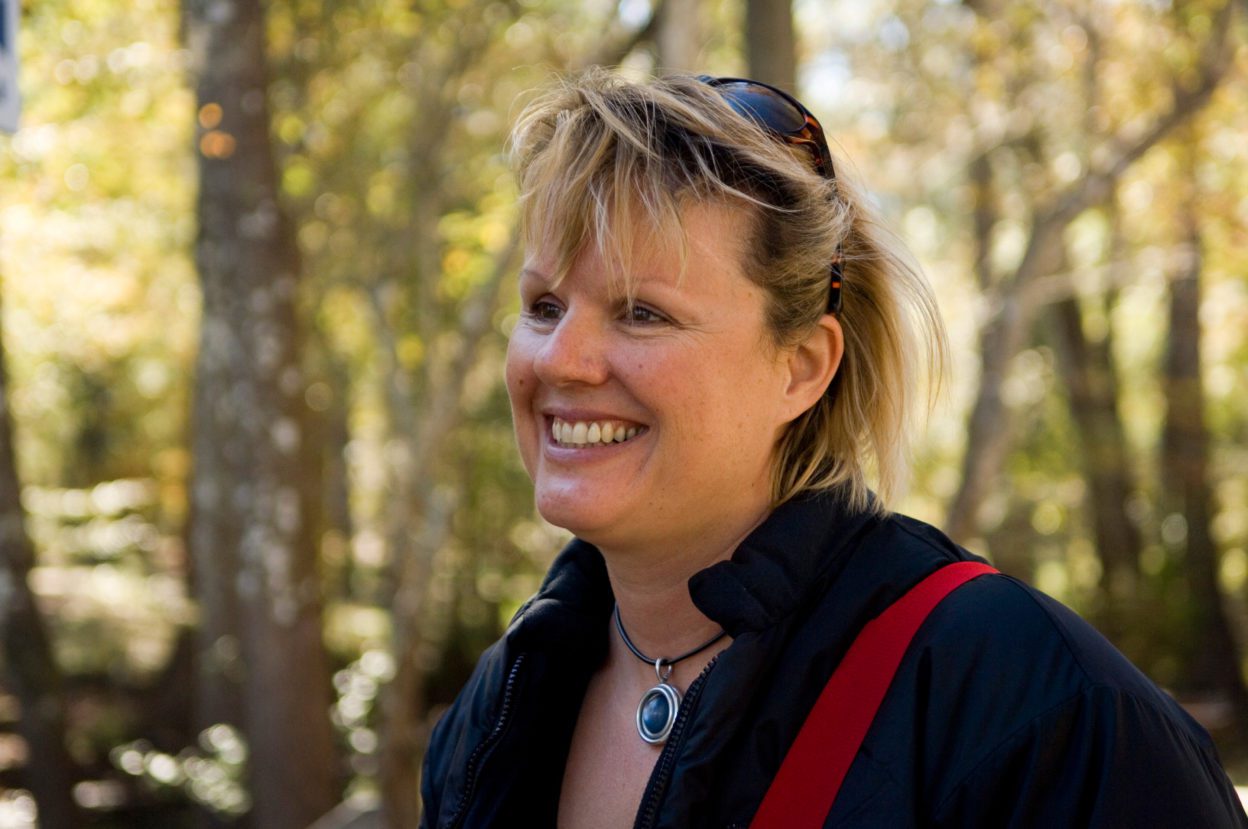
Heinerth laughs when she describes herself as a “30-year overnight success.” Her desire to change careers wasn’t an instant decision.
Heinerth laughs when she describes herself as a “30-year overnight success.” Her desire to change careers wasn’t an instant decision.
“It was a process,” she said. “I was withering internally and needed to be doing what I love. So, I sold everything I owned, including my ad agency, packed a suitcase and moved to the tropics to start working toward my goal.”
To most people, diving deep underwater into pitch-black darkness is a terrifying thought; but to Heinerth, it’s like entering a museum of natural history.
You can hear the excitement in her voice as she explains: “There is information about Earth’s past climate, which are portals to the underworld. It’s civilizations that have left behind remains in the doorways of caves. There are bones of extinct animals.”
Heinerth managed to turn her passion for cave diving into a hybrid career, serving as the eyes and ears of scientists. She works with climatologists, archeologists and engineers helping them better understand the Earth and environment.
“Sometimes I gather samples,” Heinerth said. “Sometimes I do surveys so people can understand where their drinking water is running inside the Earth. I capture images on still photos and film. It’s liking swimming through a crystal chandelier.”
Heinerth calls it “an amazing privilege” to be able to combine her creative side and artistic experience with her passion for diving underwater.
“I find comfort underwater. It’s inspiring for me to be the first to see these places,” she said.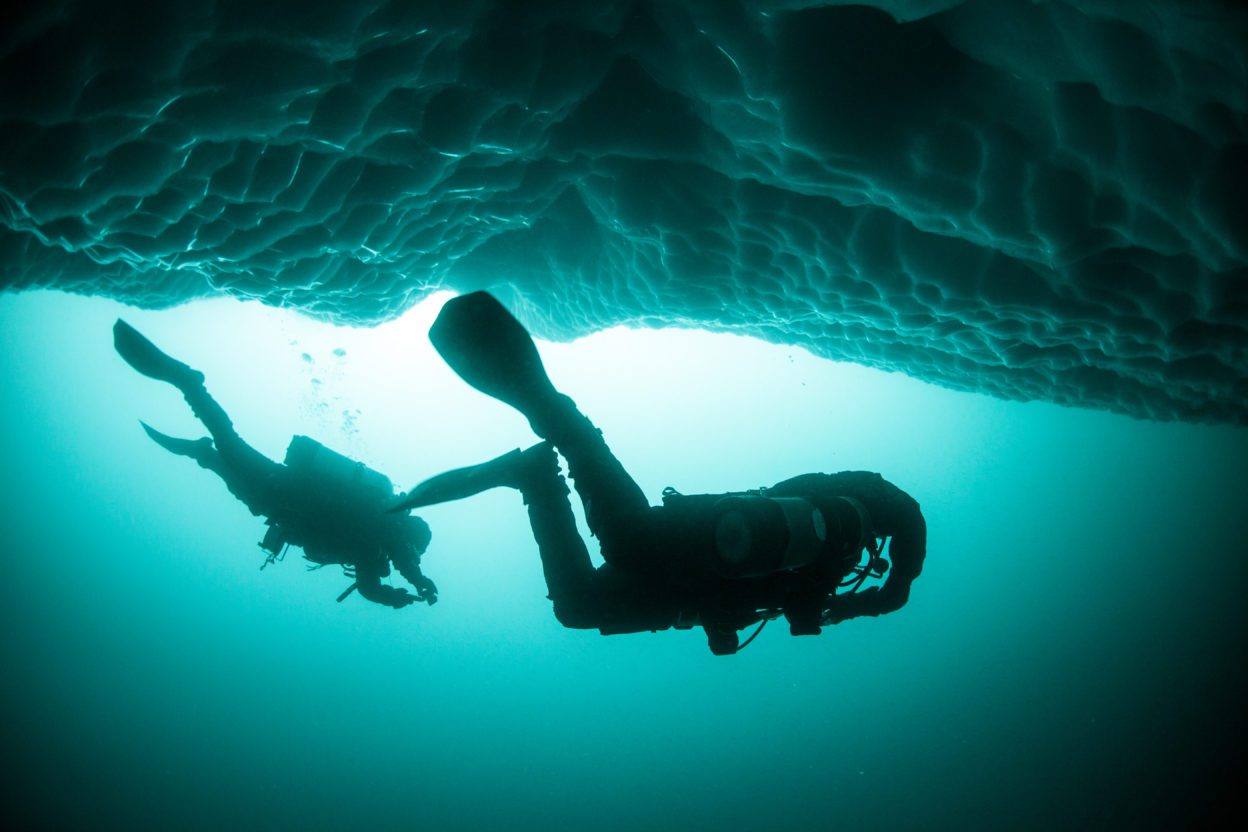
Heinerth recognizes that what she does is extremely dangerous.
“I’ve lost more than a hundred colleagues and friends through the course of my lifetime who have been involved in cave diving and technical diving,” she said. “It requires a lot of training, equipment and proficiency. It’s definitely not for the ‘weekend warrior’ to go check out. If you don’t embrace your fear, you will spend your entire life running from it.”
Heinerth’s book, “Into the Planet, My Life as a Cave Diver,” focuses on the topic of chasing fear. Click here to view her book in the GB Bookstore.
“I am afraid every time I dive,” she said. “I want to dive with other people who are afraid because it means we both understand the risk.”
Heinerth said when she finds success in a fearful environment, it is incredibly empowering for other areas of her life, noting: “When we step into the blackness in whatever we do, we have the opportunity to increase our capabilities for the future.”
That includes learning to make the most out of personal setbacks in her work.
“I’d like to remove the stigma from the word ‘failure’,” she said. “When I don’t achieve a particular goal, it only means it’s an opportunity to discover something new. Everything bad has a lesson attached to it that informs us how to do something better next time.”
And she added this advice: “Don’t concentrate on what you can’t change. Concentrate on what you learned from the experience that will help you move forward to a better outcome.”
It’s the kind of life lessons that come with time. Heinerth feels more confident now in her 50s than she did in her 20s.
“The wisdom I’ve gained to get me this far has made me smarter, stronger and more able to adapt to change. I would never want to turn back the clock.”
